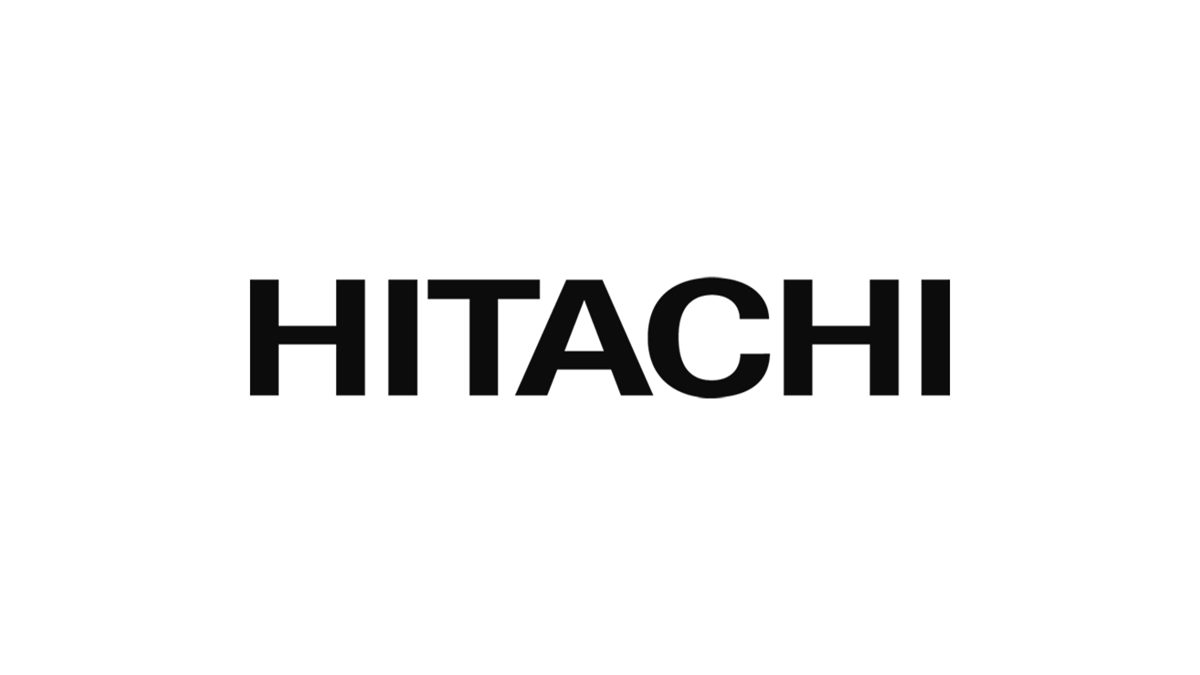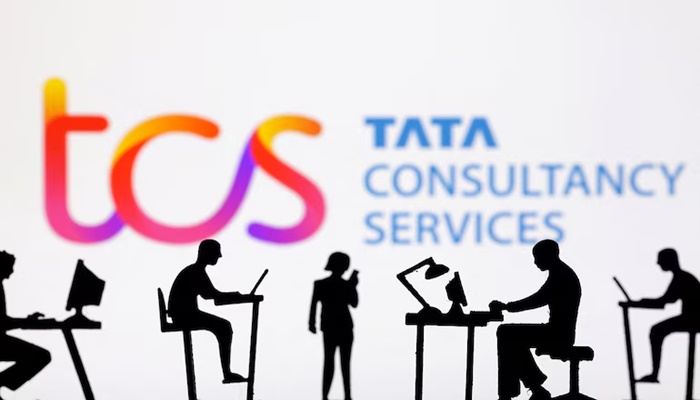Chandrashekhar Mandal from Bihar has launched Digital Labour Chowk, often called India’s “LinkedIn for daily wage workers.” The platform connects labourers such as masons, painters, and cleaners with employers in cities including Bihar, Noida, and Delhi.
Started in 2020 with limited resources, the platform now serves over 1 lakh workers, lists more than 3,000 jobs, and facilitates around 1,000 daily hires. By replacing traditional labour chowks with verified profiles, fair wages, and access to social security and government schemes, it is transforming the informal job market.
The idea came to Mandal during his early days in Delhi. One rainy day, he noticed workers at a labour chowk outside his office struggling to find work while sheltering from the downpour. Recalling his family’s hardships in Bihar, he wondered, “Isn’t there a better way for these workers to find jobs? While the world is going digital, why not labour chowks?”
The COVID-19 lockdown further strengthened Mandal’s resolve. He witnessed migrant workers walking for days to reach their homes, struggling with hunger and exhaustion. The experience highlighted the urgent need for an online platform that could connect workers with local jobs, offering them stability, dignity, and a steady livelihood.
Early Inspiration And Challenges
Chandrashekhar Mandal grew up in Ami village, Darbhanga, Bihar, where opportunities were scarce. He saw relatives migrate to cities in search of work, often returning exhausted or empty-handed. Witnessing daily labour chowks in Noida where hundreds waited under harsh conditions for temporary jobs motivated him to find a solution.
“Almost 100 men and women would gather at that chowk every day, in scorching heat or heavy rain. While some found work, most left dejected after just having lunch,” he recalled to The Better India.
After studying labour chowks across Bihar, Noida, and Delhi for four months, Mandal realised the magnitude of the problem. India’s construction sector employs over 71 million workers, with more than 80% unskilled. He saw a clear gap: blue-collar workers needed the same digital access to jobs as white-collar professionals.
Building Digital Labour Chowk
In September 2020, Chandrashekhar Mandal quit his job with just Rs 20,000 in hand, facing family concerns and financial uncertainty. He registered Digital Labour Chowk and secured his first investor in Pune, receiving Rs 10 lakh in August 2021.
With a small team, he developed the website and app, while working to bring both workers and employers on board. To enroll workers, his team partnered with mobile shops and small grocery stores near labour chowks, explaining the platform and offering small incentives like cold drinks or tea. Contractors and companies were approached through builders’ associations, RERA, and online groups.
How The Platform Works
On Digital Labour Chowk, employers post job details including location, wages, duration, and accommodation. Workers create profiles highlighting their skills, experience, and wage expectations.
The platform also plans to introduce digital labour cards to provide workers with verified identities and performance-based incentives. While using the app is free for workers, companies pay only after making ten successful connections.




















